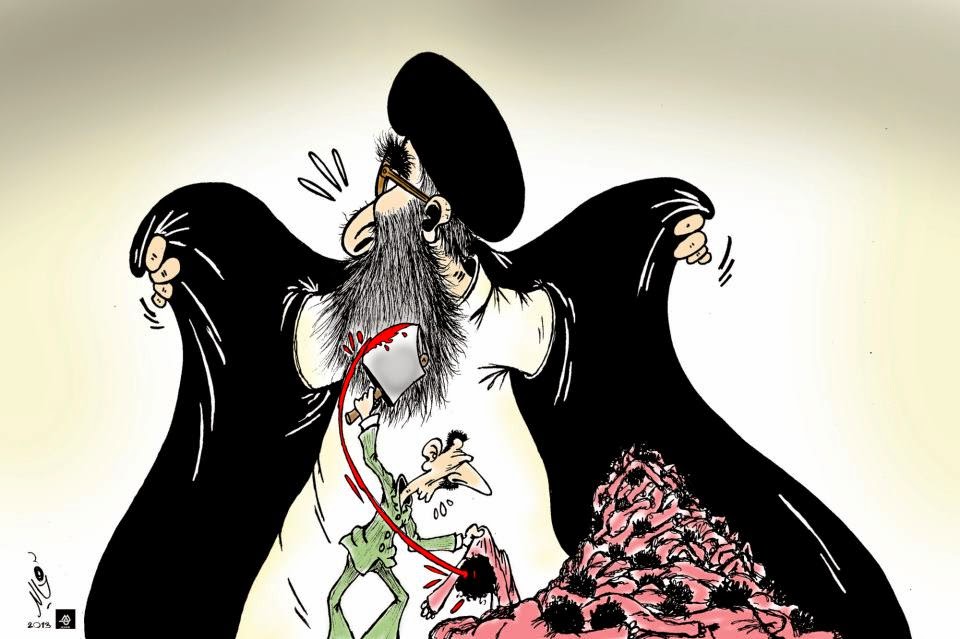Drawn In and Lead On
When I first saw the poster that Per Arnoldi made for the 300th anniversary of The Hermitage Museum, St Petersburg it struck me how deftly he incorporates the beholder into his poster compositions.
A poster is a composed surface not unlike the front of a house and although the poster theorists have a long history of sighing whenever art history is brought into the discussion, let us paraphrase the thoughts of Vilhelm Wanscher on the matter. Wanscher earned himself a big black line across his life's work as an art historian and artist, when he found an affiliate on the love of all things grand in the Fascists of the 1930's. That said, when I reluctantly read his treatise on aesthetics from 1906, I found descriptions of architecture, which were useful in describing the posters of Valdemar Andersen too and seem no less interesting recapitulating here as well:
I noticed how Wanscher's aesthetics are based on verbs. Verbs on movement within the artwork such as an architectural wall, which "leads" our gaze, directing it onto the one element, which in turn acts to "bind" our gaze and "carry" it on to the next one. The true artwork distributes its equilibrium within its own surface and can be recognized by letting the eye travel horizontally and vertically with no need to enforce a connection to the world beyond.
Wanscher formulated what he called a grammar on the value of the simple effects. Which more than sounds like the poster we have before us. Our meeting with the picture plane is vertical of nature, reaching it somewhere in the middle of the Alexander Column marking the entrance to the Museum. The column before us has no base, though, or rather the most solid base of all, emerging from a haze of times immemorial of the first of humankind onto which is build a torch carried by the Hermitage Museum for its first 300 years that will be kept aflame long after we are gone.
There is no need for evoking a memory of a Matisse here or a Fabergé there, seeing bits and pieces of grandest artworks ever done within the walls of the Museum. It is all there before us. This is what a museum is, uniting time and space. And we are there somewhere in the middle, setting in motion the effect of before and after, past and future by our gazing.
The poster will take part of that future itself among the Matisses and Fabergés of the permanent collection of the Museum:
 |
| Per Arnoldi, The Hermitage Museum 250 Years, 2014. |
The poster shown is courtesy of Per Arnoldi and must not be reproduced without his permission.

